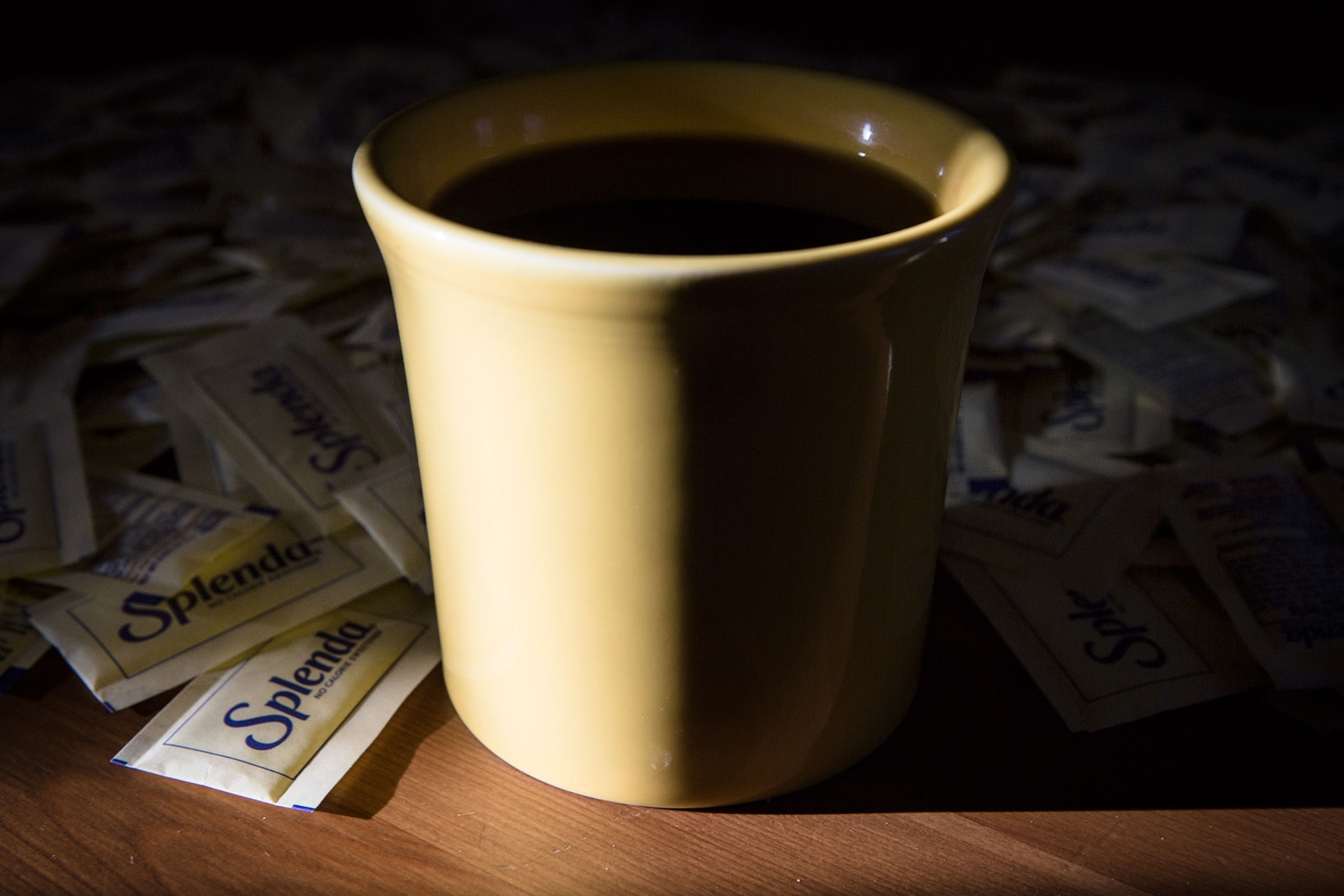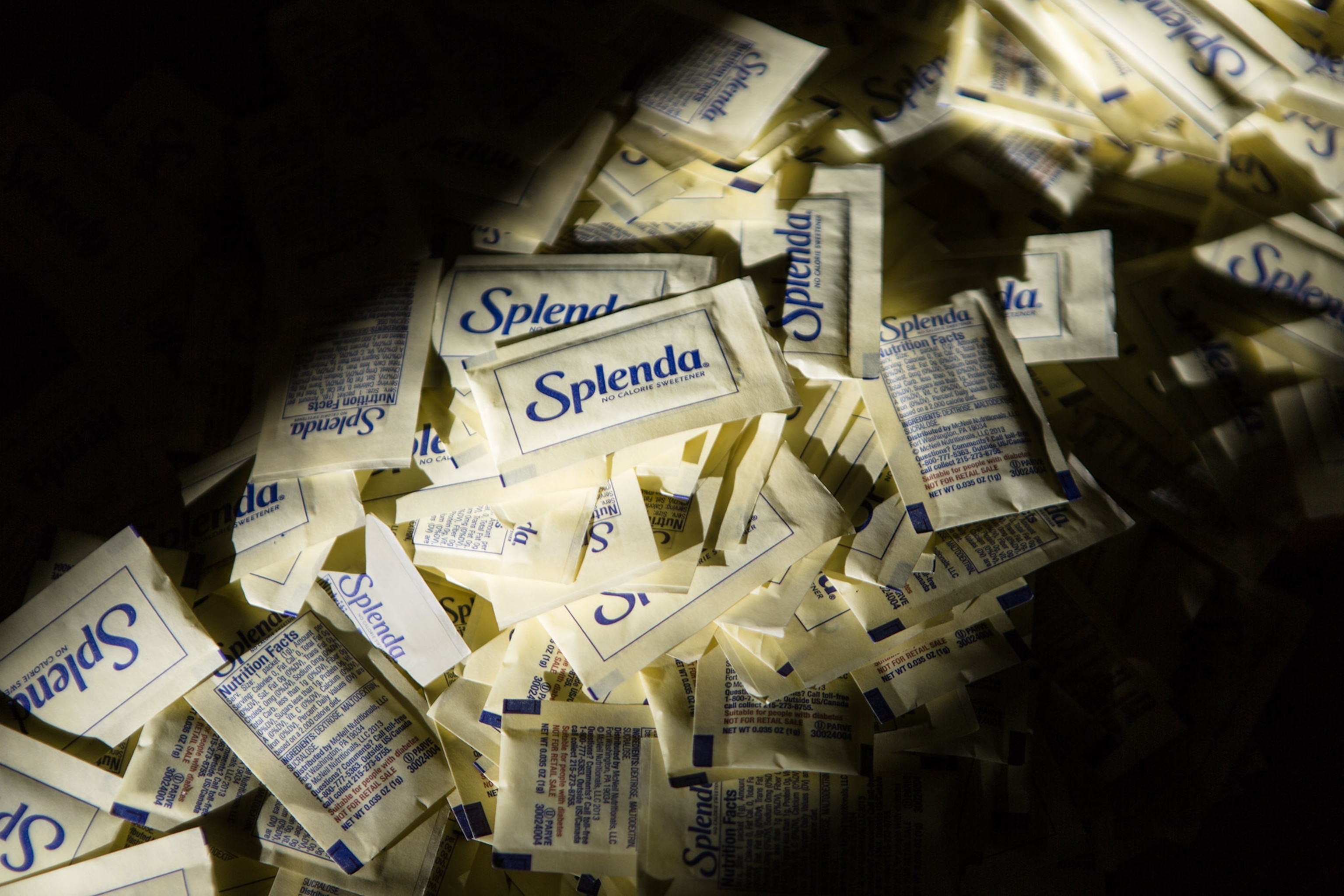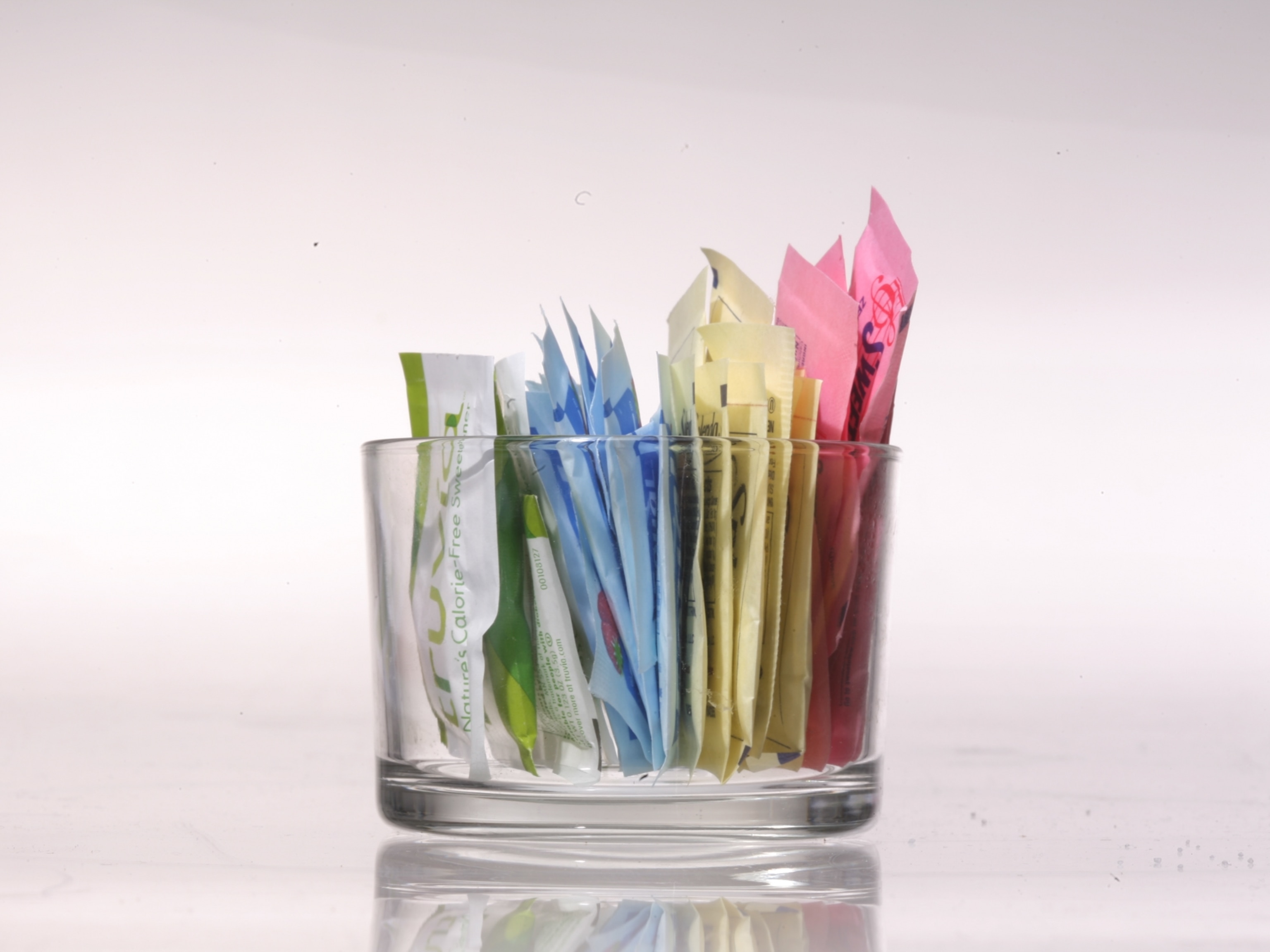
The Truth About Fake Sugar Is Complicated
Will Splenda give you cancer?
The short answer: probably not. A new study found an increase in certain kinds of cancers in male mice given large doses of sucralose, the sweetener in Splenda, a popular sugar substitute. The lowest dose in the study the equivalent of a 150-pound human eating 350 little yellow packets every day. That’s about 12 times the FDA’s maximum recommended intake. And it’s one study, contradicted by the research that came before.
But the long answer is a case study in what’s wrong with nutrition research, and why simple answers to burning questions are so elusive.
Up until last month, there were over 100 studies conducted on the safety of sucralose, and those studies found it to be safe. Then, a group of scientists from an independent Italian academy called the Ramazzini Institute published a study that claimed that it caused cancer.
Persuaded by the new study, the Center for Science in the Public Interest (CSPI), a prominent consumer protection organization, downgraded its rating of sucralose from “safe” to “avoid.” Sucralose’s manufacturer, Tate & Lyle, dismissed the findings, saying that the Ramazzini Institute uses “unconventional design” and doesn’t “follow internationally recognized standards.”
So, to know whether Splenda is safe, you now need to understand the study’s design, evaluate the statistical analysis, and understand the agendas of the parties involved. It’s a tall order for a little sweetness.

To help me with this, I turned to STATS.org, a collaboration between the American Statistical Association and Sense About Science USA, a group promoting statistical literacy. Advisor Patrick McKnight did a detailed analysis of the study, and compared its strengths and shortcomings to the research that came before.
The old research, which found sucralose to be safe, was mostly conducted by the manufacturer, so there’s a potential conflict of interest. It also used smaller sample sizes and was less comprehensive in design than the Ramazzini study.
The Ramazzini study corrected those problems, but has flaws of its own. There was the unconventional design, and there was also the fact that only male mice showed an increase in cancer. This isn’t unusual (as CSPI points out), but it did seem odd that the paper never discussed why that might be.
Then there was the statistical evaluation, which McKnight took issue with. Statistical evaluation should guard against false positives—that is, incorrectly reading a chance outcome as a result—and the Ramazzini authors don’t describe how they protected against that possibility. That failure “casts doubt on whether the results are real causal effects or mere artifacts from the analysis,” McKnight says.
CSPI defends the analysis as “standard,” but STATS and CSPI disagreed on other aspects of the study, too, including the importance of the fact that cancer was only in male mice (STATS criticized the authors’ failure to explain it, while CSPI said cancer rates in male and female mice were often different), and details of the methodology.
Beyond the issues raised by the science of the study, there’s the question of the Ramazzini Institute’s credibility. CSPI calls it “respected,” but both industry and regulatory agencies, including our EPA, have raised questions about the institute’s methodology. Ramazzini research has also found that aspartame, another artificial sweetener, causes cancer, a conclusion that neither the European nor American safety agencies agree with.
It’s not unreasonable for an organization like CSPI to urge consumers to err on the side of caution in the face of uncertainty, particularly when it’s advising us to avoid something like artificial colors, which are found in the processed foods we ought to be eating less of anyway. But CSPI also acknowledges that artificial sweeteners can help people trying to lose weight, and says that “the risk posed by over-consumption of sugar and high-fructose corn syrup, particularly from soda and other sugar-sweetened beverages, of diabetes, heart disease, and obesity, far outweighs the cancer risk posed by sucralose and most other artificial sweeteners.”
Given that assessment, it’s clear that there is a downside to telling people not to use Splenda. Most of us like sweet things and if sucralose is a better choice than sugar, perhaps an “avoid” recommendation goes too far.
The bottom line is that none of us should be making any decisions based on a single study. This one has certainly raised some questions, and I’d like to see them further investigated. But the totality of the evidence still points to Splenda’s safety.
For more on the challenges of sugar, see National Geographic magazine’s Sugar Love: A Not-So-Sweet Story.
Tamar Haspel is a food and science journalist. She can be reached on Twitter @TamarHaspel.





